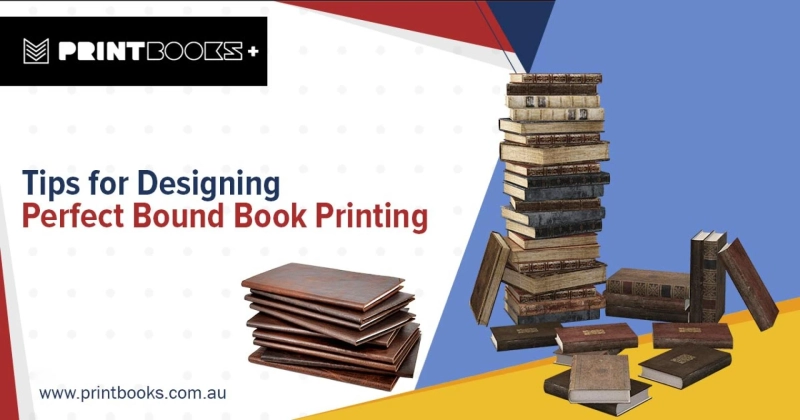ourcePerfect bound books are a popular choice for publishers and self-publishers alike due to their professional and sleek appearance. They are commonly used for novels, textbooks, and magazines. However, designing a perfect bound book requires careful attention to detail to ensure a flawless result. In this ultimate guide, we will explore the key elements of designing a perfect bound book.
Select the Right Paper and Cover StockChoosing the right paper and cover stock is crucial for the overall look and feel of your book. For the inside pages, consider using a high-quality, acid-free paper that is durable and can withstand frequent use. The weight of the paper will depend on the type of book you are printing. For novels, a lighter paper weight (60-70 lb) is sufficient, while textbooks and magazines may require a heavier weight (80-100 lb).
For the cover, you can opt for a glossy, matte, or satin finish, depending on your preferences. Consider the type of content your book contains and choose a cover that complements it. If you are printing a novel, a matte finish may be more appropriate, while a glossy finish is suitable for magazines and children's books.
Determine the Book SizeThe size of your book is another important aspect to consider. Standard book sizes are 5.5 x 8.5 inches and 6 x 9 inches, but you can also choose a custom size that fits your content. Keep in mind that the size of your book will affect the layout and design elements.
Create a Consistent LayoutA consistent layout is essential for a professional-looking book. Choose a font that is easy to read and use a consistent font size throughout the book. Additionally, ensure that the margins, headers, and footers are consistent on each page.
Incorporate Eye-catching GraphicsAdding graphics to your book can make it more engaging and visually appealing. Incorporate relevant images, charts, and graphs that enhance the content. Ensure that the graphics are high resolution and fit well within the layout.
Choose the Right Binding MethodPerfect binding is a popular binding method that involves gluing the pages together at the spine. This method creates a clean and professional appearance and is suitable for books with a higher page count. Alternatively, you can choose other binding methods such as saddle-stitching or wire-o binding, depending on your book's needs.
Pay Attention to Bleed and MarginsBleed and margins are important aspects of designing a perfect bound book. Bleed refers to the area beyond the trim line that ensures that the graphics extend to the edge of the page. Margins refer to the area between the text and the trim line. Ensure that your graphics have adequate bleed and that your text is positioned correctly within the margins.
Proofread Your ContentProofreading is crucial to ensure that your book is error-free. Review your content multiple times, and consider hiring a professional editor to review it as well. Check for spelling and grammatical errors, formatting issues, and inconsistencies.
In conclusion, designing a perfect bound book requires attention to detail, but the result is a professional-looking book that will stand out on bookshelves. Choose the right paper and cover stock, create a consistent layout, incorporate eye-catching graphics, choose the right binding method, pay attention to bleed and margins, and proofread your content to ensure a flawless result. With these tips, you can create a stunning perfect bound book that readers will love.
Source: Designing a Perfect Bound Book


